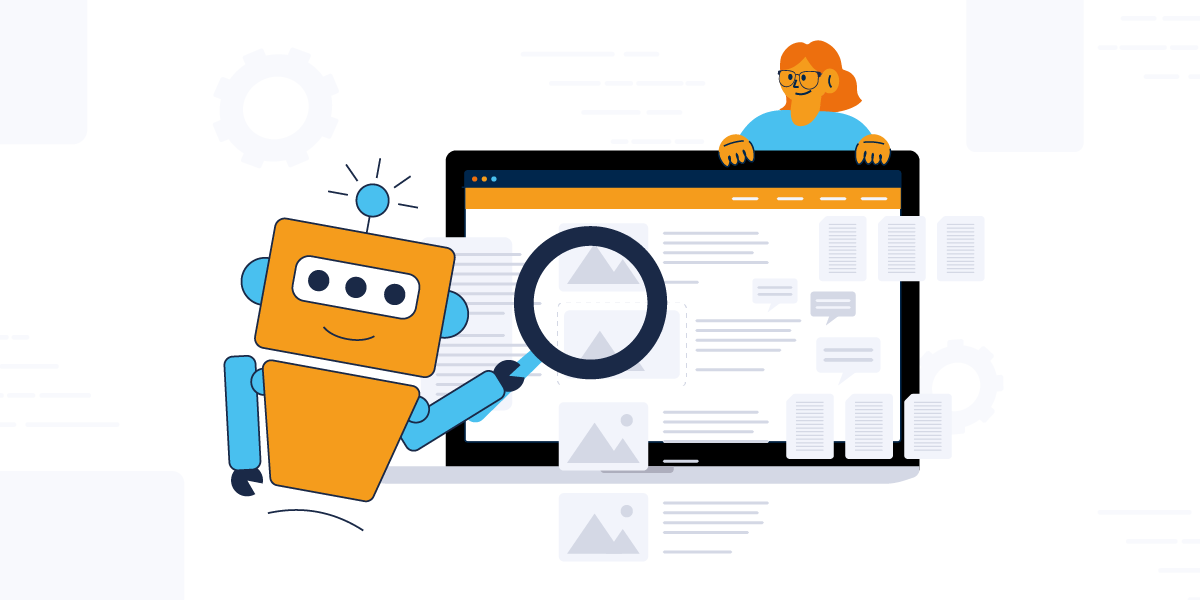In e-commerce, timing is everything. It’s not just about what you show a customer – it’s when and how you show it. That’s where predictive personalization comes in.
Instead of reacting to user behavior in the moment, predictive personalization uses data to anticipate what a user might want next. It’s the difference between offering a product after they’ve searched for it and offering it just before they even start looking.
And in a world of short attention spans and high expectations, that difference matters.
What Is Predictive Personalization?
Predictive personalization combines historical data, real-time signals, and AI to deliver experiences tailored to likely future behavior. It’s based on the idea that past actions are strong indicators of future intent – if you know how to read them.
Signals can include:
Browsing patterns across product categories
Timing and frequency of visits
Purchase cycles or replenishment intervals
Cart abandonment behavior
Time of day, device, location, and more
With the right data models, brands can proactively show the most relevant offers, products, or content – not based on what just happened, but on what’s likely to happen next.
Why Does It Matter Now?
Customer journeys are rarely linear. A shopper might research on mobile, casually browse on desktop, and convert on a third device days later. Predictive personalization helps brands connect the dots and reach customers with the right message at the right time.
This improves the user experience, reduces bounce rates, increases engagement, and drives conversions.
Where trbo Comes In
At trbo, predictive elements are built into many of our features – from dynamic segmentation to AI-based recommendations. These tools help our clients anticipate behavior and deliver the most relevant content in real time.
With trbo, you can:
Anticipate repeat customers by analyzing purchase intervals.
Example: A customer typically buys dog food every six weeks. On their next visit, trbo displays a reorder reminder with the right size and flavor.
Trigger early category interest by using past browsing behavior.
Example: A user previously browsed hiking boots. When they return, they see a banner featuring outdoor jackets and accessories.
Predict future cart intent based on engagement patterns
Example: A user frequently browses headphones without adding anything to the cart. On his next visit, the user is presented with a limited-time offer to proactively support his decision.
Display personalized content based on location or weather.
Example: A user in Hamburg on a rainy day sees a homepage banner promoting waterproof boots and umbrellas. Meanwhile, a user in Madrid sees a summer-themed banner highlighting sandals and sunglasses.
And with our testing capabilities, you’re not guessing what works – you’re constantly optimizing for what will work better tomorrow.
Best Practices for Predictive Personalization
Start with strong data
First-party data like purchase history, clicks, and behavior are your foundation.
Balance automation with relevance
Let AI drive the experience, but monitor performance and adjust strategy regularly.
Don’t wait for intent – predict it
Use patterns to get ahead of search and decision making.
Test, learn, and adapt
Iterate continuously with A/B or MAB testing to fine-tune performance.
Less Reaction. More Relevance.
If you want to truly empower your users, don’t wait for signals – stay ahead of the curve. With the right technology and a data-driven approach, you can create a customer experience that not only works, but leaves a lasting impression.
